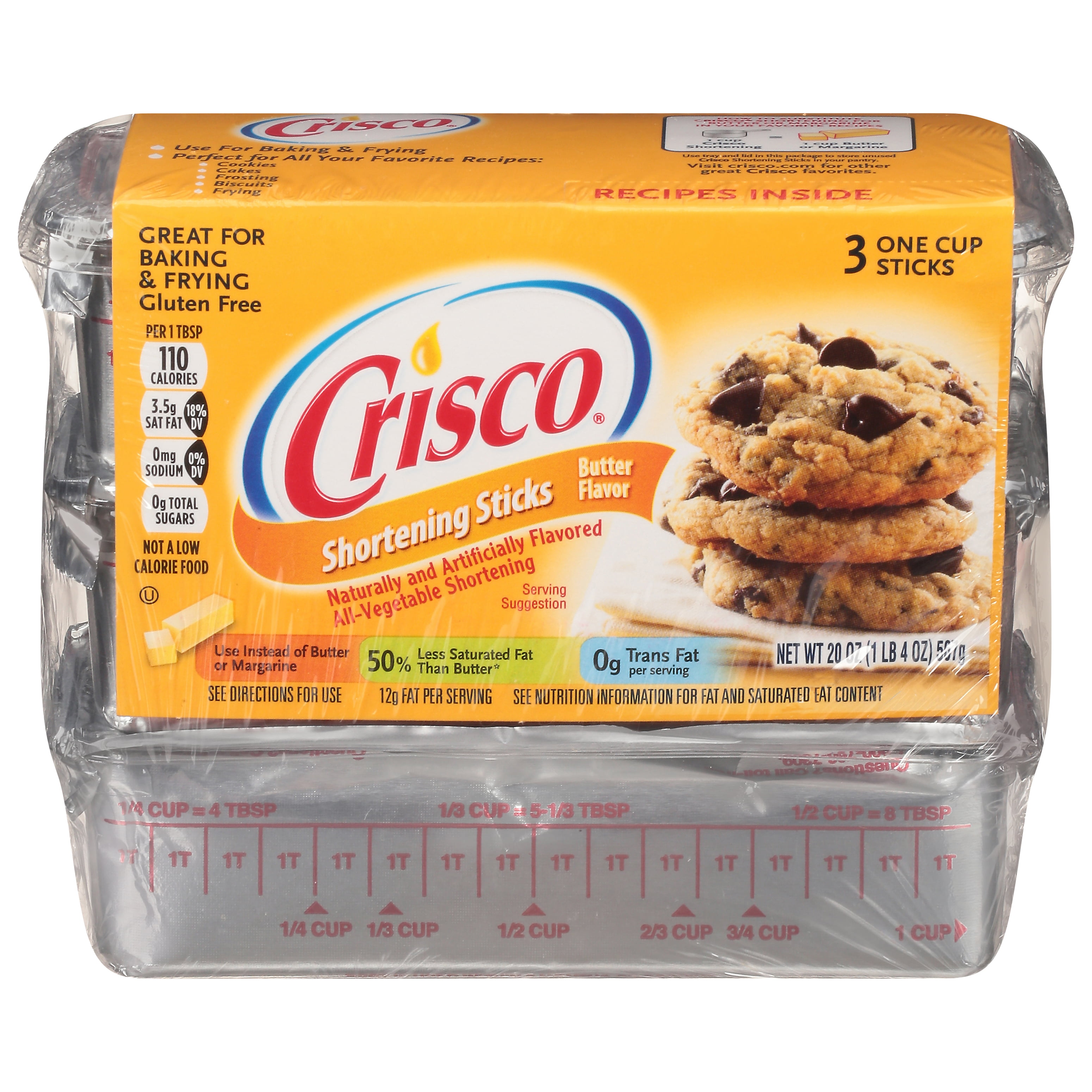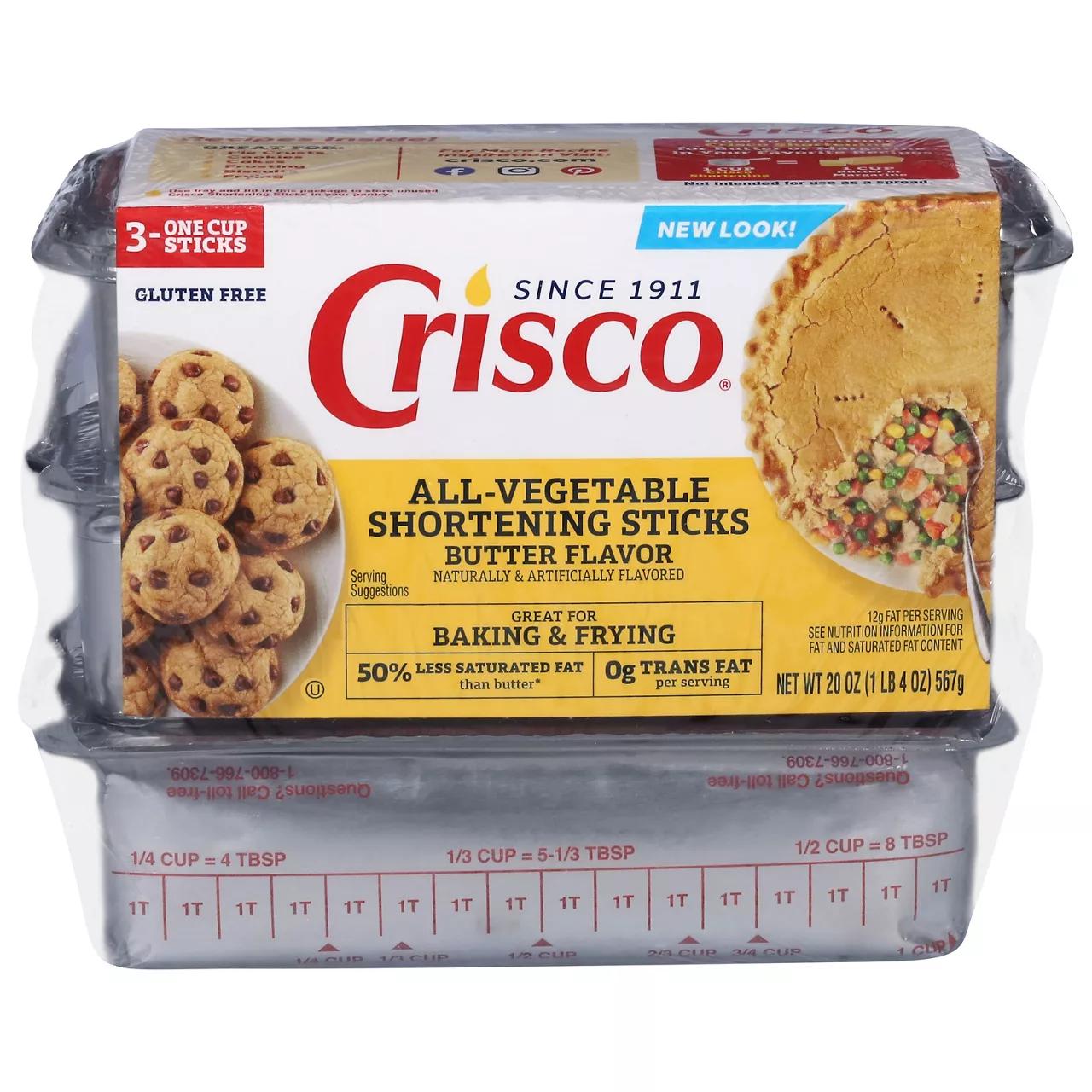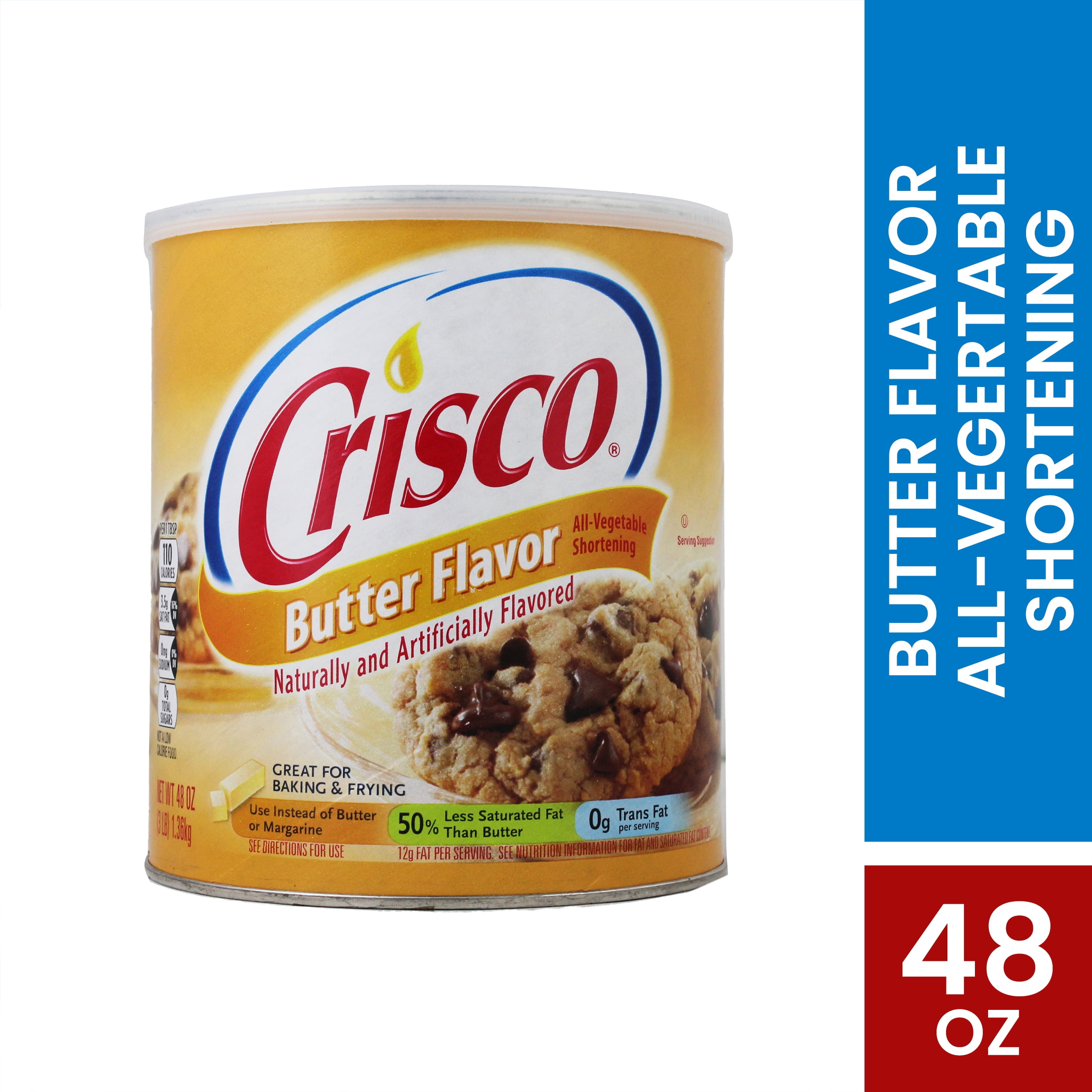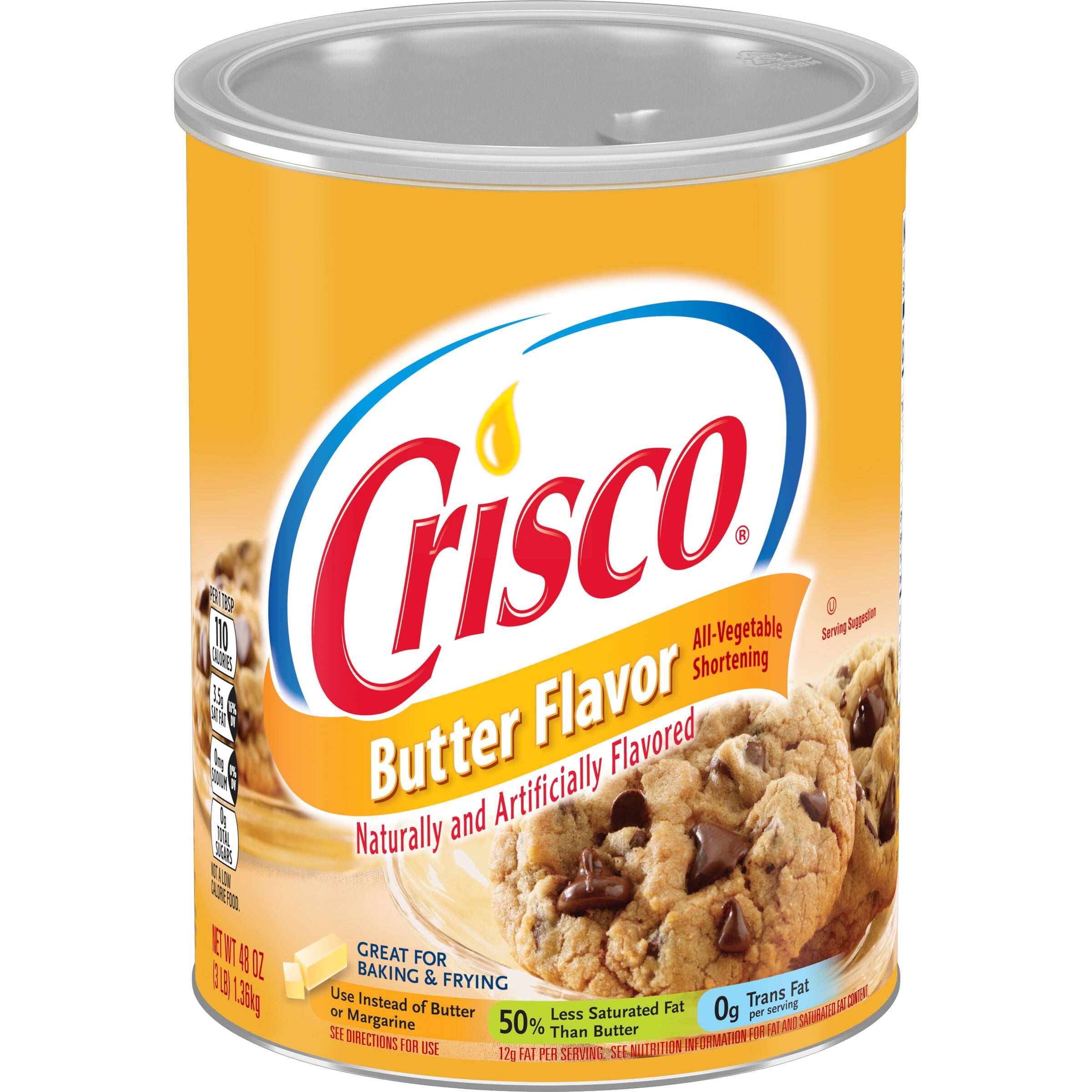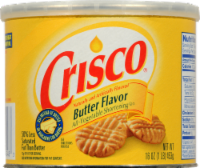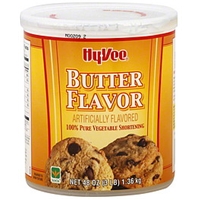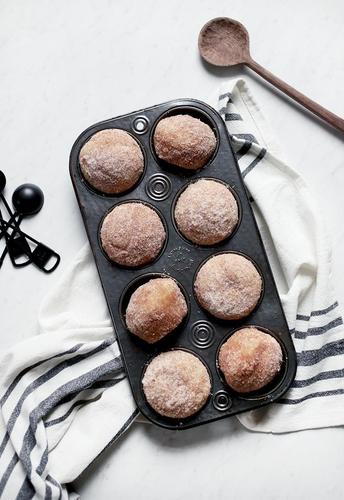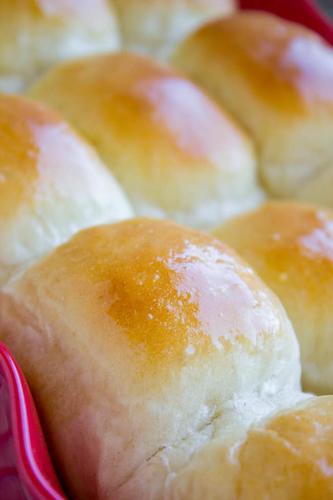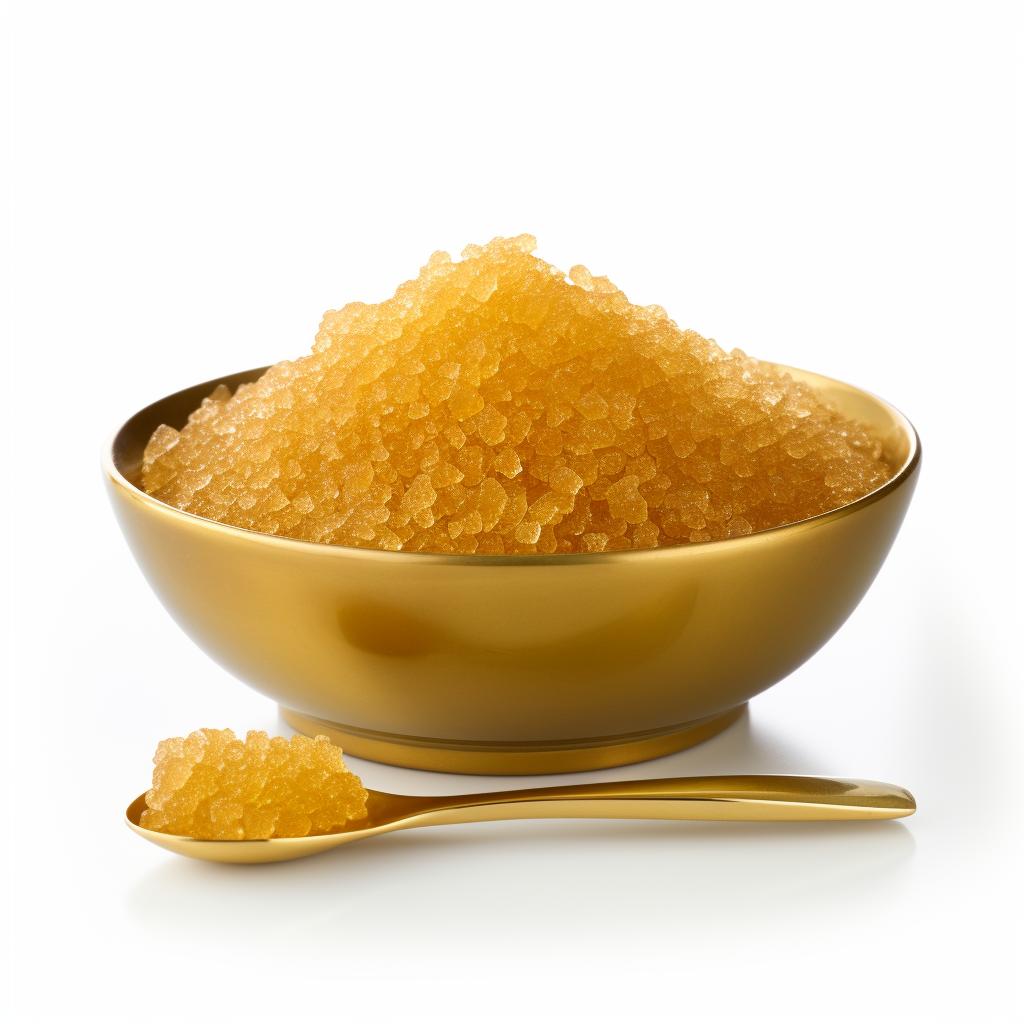DESSERTS
BREADS
SIDE DISHES
Butter Flavor Shortening
Butter flavor shortening is a popular hydrogenated oil-based product made to imitate the properties of real butter while maintaining a longer shelf life and a higher melting point. Typically made from a blend of vegetable oils, such as soybean and cottonseed, this shortening is popularly used in baking, frying, and other cooking applications. The added butter flavoring enhances the taste and mimics the flavor profile of butter.
It has gained traction among home cooks and bakers due to its ability to produce a tender and flaky texture in baked goods such as pie crusts, cookies, and pastries. Additionally, it does not require refrigeration, making it a convenient option in the kitchen. Some health-conscious consumers, however, may avoid it due to its hydrogenated nature and potential contribution to health issues such as increased cholesterol levels.
0%
CARBS
100%
FAT
0%
PROTEIN
27 Butter Flavor Shortening Products
Crisco, Baking Sticks, Butter Flavor, All Vegetable Shortening
Crisco Gluten Free All Vegetable Butter Flavor Shortening Sticks
Crisco Butter Flavor All-Vegetable Shortening
Crisco Shortening Sticks, Butter Flavor
Butter Flavor All-Vegetable Shortening
Crisco Butter Flavor All-Vegetable Shortening
Crisco Butter All-Vegetable Shortening
Crisco Butter All-Vegetable Shortening
Butter Flavor All-Vegetable Shortening
Hy-Vee Vegetable Shortening Butter Flavor
Used In 7 Recipes
Butter Flavor Shortening Is Frequently Used With
Butter Flavor Shortening FAQ
Butter flavored shortening is fundamentally a hydrogenated oil-based entity that is designed to imitate the benefits of real butter. Its standout characteristics include a longer shelf life and a higher melting point. Typically, it is produced from a blend of soybean and cottonseed vegetable oils. Thanks to these characteristics, it is popular among cooking enthusiasts for frying, baking and various other cooking regimes. The added butter flavoring only serves to enhance its taste and mimic the flavor profile of butter.
Home cooks and bakers are particularly fond of it due to its contribution in producing tender and flaky textures in a variety of baked items like cookies, pastries, and pie crusts. Another point that works in its favor is that it doesn't require refrigeration and hence, is extremely convenient to use.
However, this shortening has also been a subject of controversy due to its hydrogenated nature. Some critics argue that excessive consumption could lead to health problems like increases in cholesterol levels.
Can I use butter flavored shortening in place of butter?
What is butter flavored shortening made of?
Does butter flavored shortening need to be refrigerated?
How is butter flavored shortening different from regular shortening?
Can I use butter flavored shortening in frosting?
Is butter flavored shortening healthier than butter?
What can I substitute for butter flavored shortening in a recipe?
Does butter flavored shortening contain dairy?
Is butter flavored shortening vegan?
Does butter flavored shortening work in savory dishes?
Expiration & Storage Tips
When does butter flavor shortening expire?
An unopened can of butter flavor shortening has a long shelf life, lasting up to 2 years past the 'best by' date printed on the package if stored properly. However, once it has been opened, a jar of butter flavor shortening starts to degrade in quality although it can still last up to 12 months. Be sure to store it in a cool, dark place away from heat to maximize its shelf life. If you decide to freeze it (which is not common but perfectly possible), it can last indefinitely, although the texture might change upon thawing. To defrost it, simply move it from your freezer to your pantry or counter at room temperature.
How do you tell if butter flavor shortening is bad?
Butter flavor shortening is a robust ingredient, but that doesn't make it entirely immune to spoilage. One of the first telltale signs you should look out for is if it's developed an off color or a funky smell. It should maintain its original light creamy color and a mild, almost neutral smell. If it smells rancid, similar to spoiled oil, it's time to throw it out. Another indication of spoiled shortening is if it has developed a lumpy or grainy texture rather than the smooth consistency it usually has.
Tips for storing butter flavor shortening to extend shelf life
• Store it in a cool and dark place, such as a pantry or cupboard away from the stove or dishwasher - heat sources can cause it to go rancid faster.
• Make sure the lid is tightly sealed when you're not using it to prevent exposure to light, air, and bacteria.
• If you have a large quantity of shortening that you won't be using within a year or so, freezing it can be a good option to extend its shelf life. Just make sure to store it in an airtight container to prevent freezer burn.
• Do not use the same spoon or tool used for other ingredients to scoop out the shortening, especially if that utensil has any residue on it. Cross-contamination can lead to faster spoilage.
EXPIRES WITHIN
12 - 24
MONTHS
Substitutes

Palm Shortening

Shortening

Butter Oil Blend Spread

Vegetable Oil

Canola Oil

Safflower Oil

Sunflower Oil

Rapeseed Oil

Ghee

Coconut Butter
See All
Health Info
Macros
0g
CARBS
14g
FAT
0g
PROTEIN
Allowed on these diets
LOW FAT
HIGH CALCIUM
VEGETARIAN
LOW CARB
VEGAN
LACTOSE FREE
GLUTEN FREE

